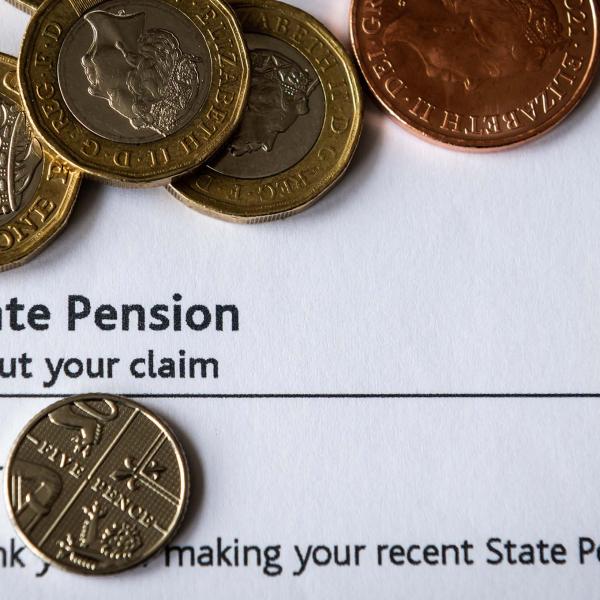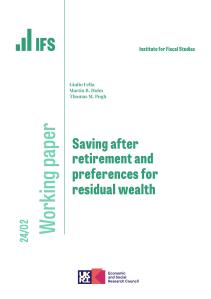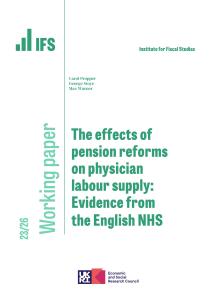It is important for individuals to understand what pension income they can expect from the government, and from what age, if they are to make appropriate private saving and labour supply decisions over their lives. In this chapter we conduct a timely assessment of individuals’ current awareness of their State Pension Age (SPA) and the income they can expect from the state pension, and explore how knowledge of these has changed over the past decade as the state pension system has been reformed.
Key findings
- Individuals’ knowledge of their SPA is far from perfect. Among those aged between 55 and the SPA in 2018/19, 59% correctly reported their SPA (to within 3 months), 22% overestimated their SPA, 7% underestimated their SPA, and 12% reported that they did not know.
- Knowledge improves as individuals get closer to their SPA. Among those aged 55 to 58 in 2018/19 whose SPA is 67, only 55% were correct about their SPA, while 12% overestimated, 12% underestimated, and 21% reported that they did not know.
- Knowledge is better, at an equivalent age, among those born more recently than among those born earlier who have also been affected by SPA reforms. This suggests awareness of the consequences of SPA reforms is improving over time.
- Knowledge is similar among men and women in 2018/19 (who by this point have mostly the same SPA). However, knowledge remains associated with other socio-demographic characteristics. In particular, those in employment are more likely to be accurate than the self-employed and those not in paid work, and those who are owner-occupiers or have a private pension are more likely to know their SPA than those without these assets.
- When asked about the minimum and maximum amounts individuals were expecting from the state pension, 36% of those aged between 55 and SPA in 2018/19 could not give a value for one or both of these, 28% reported the same value for the maximum and minimum, while 36% gave a range.
- Whether individuals could report an expected range for their future pension income is correlated with their characteristics. In particular, those who scored less well on the cognitive recall tests were less likely to be able to provide income expectations than those who scored better. Those with no formal qualifications were less likely than those with qualifications to provide income expectations.
- The levels of pension income reported are positively correlated with subsequent state pension income received and many individuals are quite accurate – as would be expected if many of these individuals were basing their answers on state pension forecasts from the government. Not everyone who reports a range for their expected income is accurate, however. Sixteen per cent of individuals reaching SPA in waves 7–9 received less than the minimum amount they reported expecting in the previous wave (in real terms), while 55% received more than the maximum they reported expecting.
- There does not appear to be a significant increase in 2016/17 in individuals’ ability to report an expected range for their future state pension income, as might have been hoped for given the introduction of the new state pension in that year. There has been an improvement in individuals’ ability to report a range over time, and tentative evidence that awareness improved between 2016/17 and 2018/19.
- There has been a greater increase in the maximum amounts of state pension income expected by women as compared to men since 2016, even after flexibly controlling for time trends in both men’s and women’s income expectations. This could be indicative of women expecting greater pension entitlements due to the introduction of the new state pension









